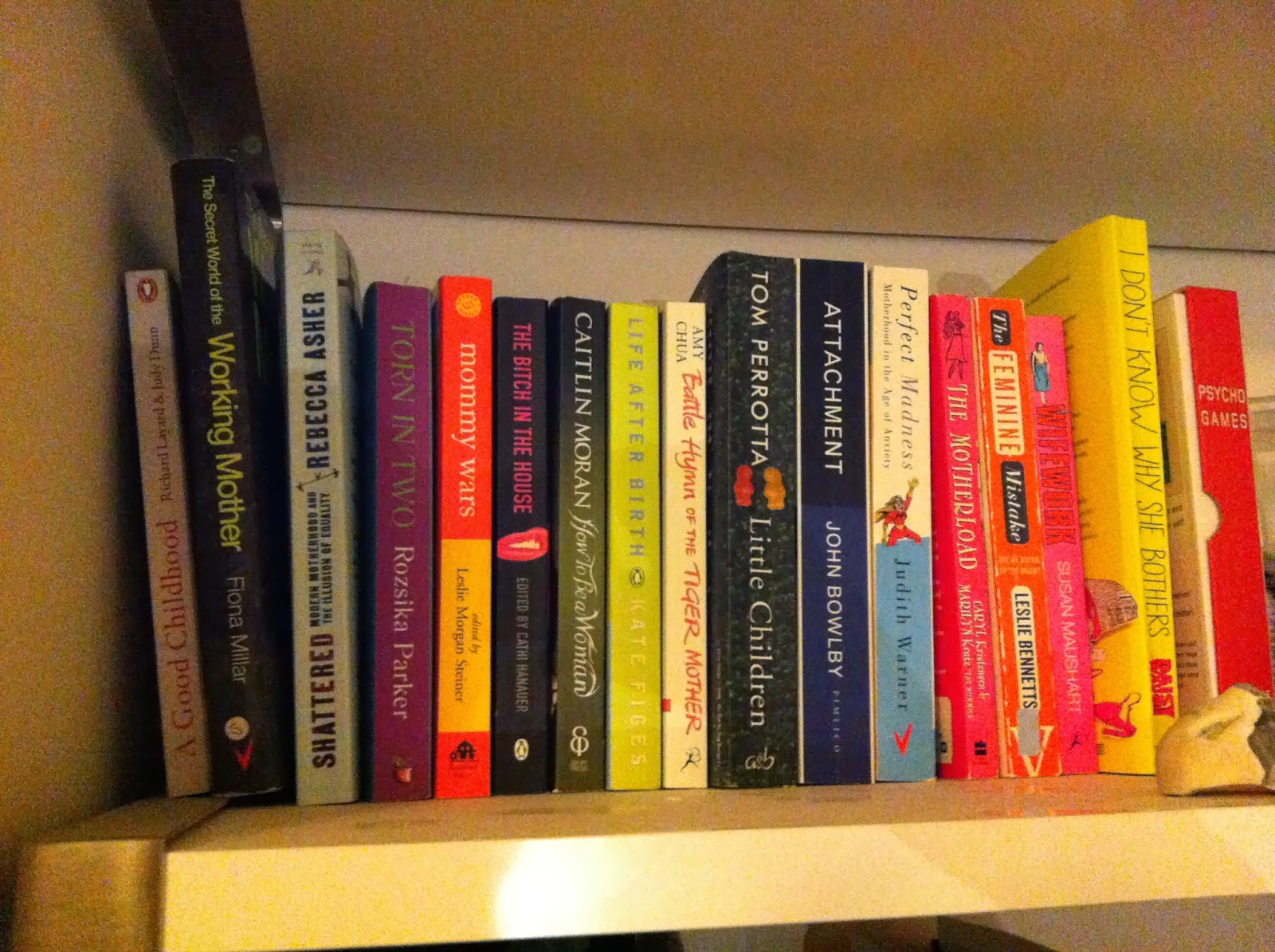Literary Movement – a review of Beneath My Feet: Writers on Walking
Literary Movement
Beneath My Feet: Writers on Walking
ed. Duncan Minshull
Notting Hill Editions, 2018, £9.99
Beneath My Feet is an anthology of writers meditating on walking, intended to be ‘tucked into a rucksack’. Conjuring visions of hiking with Kendal mint cake in one hand and Wordsworth in the other, it is a wonderful assemblage.
I originally wrote this review for another publication, but managed to miss my deadline by a few days, after which it seemed to go walkabout. So I’ve decided to post it here. After all, this particular gem may come into its own again, if Covid comes back to bite us in the Autumn.
I blame Rebecca Solnit for missing my deadline. ‘I sat down one spring day to write about walking and stood up again, because a desk is no place to think on the large scale,’ she begins.
As soon as I read this sentence, I went for a walk.
It may not have been on a large scale, but early morning constitutionals, golden hour passeggiata, foraging for elderflower, photographing other people’s plants, the food run – life under lockdown turned me into a psychogeographer, an instagram expert on the joys of localism. Who wants to go back to work in an office in the ‘exhaust fumes, rubber, leather and grease’ of the city? Walking could free us all!
There is, however, a caveat to this bucolic idyll: to walk in Britain, whether in city or country, is to be reminded at every turn who owns land, of our gender and ethnicity, and how much leisure time we each have.
Under lockdown, people able to ‘work from home’ could play the flâneur. Care workers and other front line staff, however, with long shifts on minimum wage, rather less so.
By analogy, in this collection, Will Self can revel in the night-time city as a ‘boudoir, with its sexed-up inhabitants in increasing states of déshabillé’, while Kamila Shamsie longs to walk in a city after midnight ‘without trepidation’. Restless George Sand actually had a ‘sentry box redingote’ made for her so that she could walk alone in a ‘desert of men’. It’s tempting.
Dickens is one of the few writers in this collection to make us think about the bittersweet socio-economics that underpin the act of walking. In ‘Tramps’ (1860), he sketches how, come harvest time, Kent swarms ‘with hopping tramps’ – those we now call ‘fruit pickers’, a euphemism for ‘immigrant labour’. In the nineteenth century, the pickers were homegrown. After Brexit bites, perhaps we will see a resurgence of peripatetic workers, tramping from town to town, seeking cash in hand farm work?
Come September this year, we may well face the return of micro (or macro) quarantines, and renewed sentencing to one hour’s exercise in our own back yards… and while many of us became ruddy-cheeked walkers during the Spring Lockdown of 2020, I suspect that an Autumn bout of it, as the nights draw in, will instead make writers of us all, as we take to social media to tap out our rage and frustration.



Comments